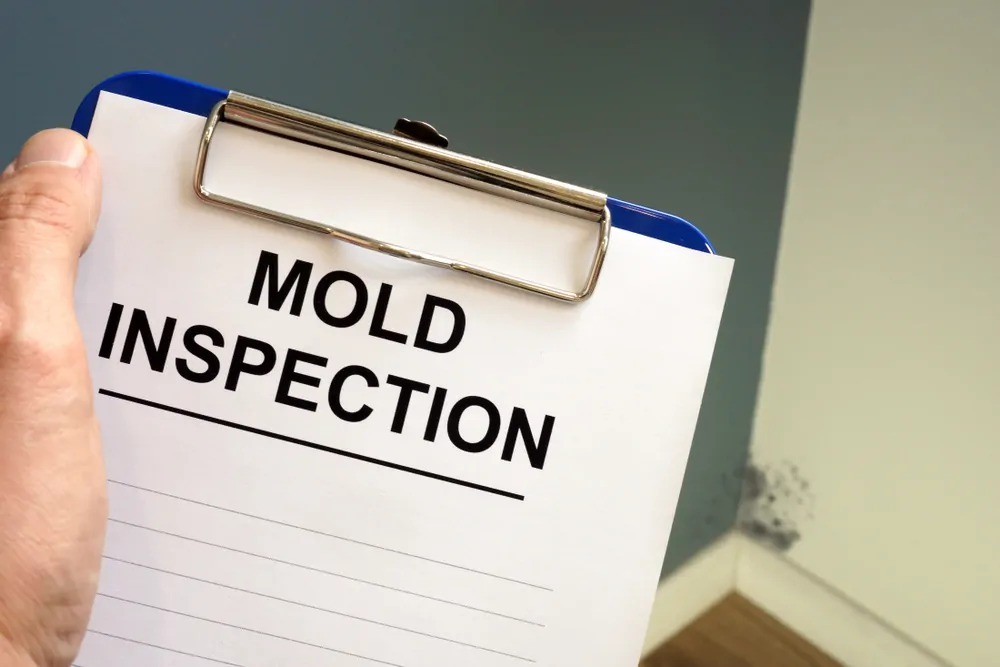ERMI involves identifying the mold DNA present in the floor sediment. The number of DNA “spore equivalents” (determined via MSQPCR).
The effectiveness of the ERMI is determined by its capacity to identify and quantify the presence of mold in the interior environment. Through genetic analysis, the test can distinguish between different species of mold and evaluate their potential to cause respiratory distress and allergies in exposed individuals. In addition, the ERMI permits results to be compared to a reference database, which aids in determining whether mold levels in the residence exceed or fall within acceptable limits.
For the ERMI test, a sample of household dust is collected using a specialized instrument. It is recommended to collect multiple samples from various locations, such as floors, carpets, walls, and air ducts, in order to obtain a more accurate image of mold contamination in the entire living space. The samples are then sent to a laboratory, where DNA is extracted from the fungus and sequence analysis is performed. The results are interpreted using the ERMI scale, which categorizes the level of contamination into low to high categories.

Effectiveness-wise, the ERMI has been demonstrated to be a valuable tool for identifying interior mold problems. In addition to providing information about the presence and concentration of mold, test results can aid healthcare professionals and environmental sanitation specialists in the development of mitigation and prevention strategies. Note, however, that the ERMI should be used in conjunction with other assessments and tests to obtain a comprehensive picture of indoor air quality and to ensure a safe and healthy environment.
If you want to know more about the ERMI tests, visit our online store https://bit.ly/3QjDSRR




